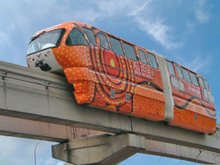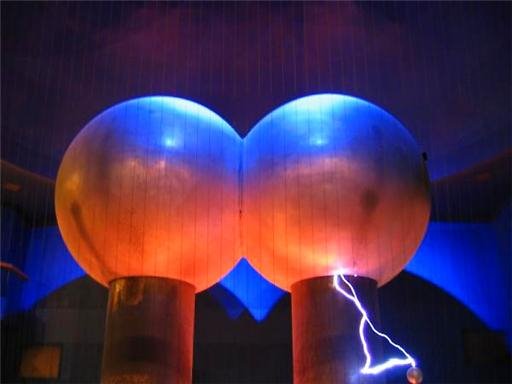
Seeing arms, either your own or someone else’s in a dream is very common. While arms do not always have special significance in dreams, arms can be very significant under some circumstances.
Dreams in which details about arms remembered are likely to be significant, since it tends to be the most significant details that are remembered upon waking. Since dreams fade so quickly, if you are able to remember how arms figured in your dreams, chances are the dream had something important to tell you.
When you see your arms in a dream, especially when they represent an important part of the dream narrative, those arms may be symbols for your nurturing side, and for your desire to reach out and care for the people around you. Dreaming about arms is particularly common in people who are currently caring for, or worried about, a sick friend or family member. Reaching out with the arms in a dream is your mind’s way of telling you how important it is to connect and care for those around you.
Dreams about arms can also be indications of the challenges and struggles in your life. Again, the exact meaning will depend on the context of the arms within the dream narrative. Using your hands and arms for defense can indicate you feel like you are under attack, or that you need to defend yourself.
The impetus for this kind of dream about arms could come from many sources. For instance, perhaps you feel like you are being unfairly singled out for criticism in your job, and you feel a desire to strike back or defend yourself against the onslaught. Or perhaps you feel overwhelmed by events in your life, and you feel the need to struggle against those challenges.
Dreams in which your arm is injured, or dreams in which you appear with your arm in a cast, can signify that you feel an inability to care for yourself. These kind of injured or broken arm dreams an also mean that you are feeling helpless in being able to care for others. People who are caring for a friend or family member whose medical condition is beyond their control may experience dreams in which their arm is injured, or they may see themselves in a cast.
A dream about a broken or injured arm can also mean that the dreamer has been feeling restricted or limited in his or her activities. Seeing yourself constrained in the dream, by a cast or a broken arm, can be a symbol of your perceived restriction of freedom or movement.
The specific arm featured in the dream also carries a significance. The right arm is often seen as a symbol for an outgoing nature, and the right arm is often associated with the masculine side of the dreamer’s nature. The left arm, on the other hand, is more associated with female characteristics, such as nurturing and caring.
A dream in which the dreamer injures someone else’s arms, or even rips them from their sockets, indicate that the dreamer has been repressing anger towards another person, but has been prevented from expressing that anger for one reason or another. Like most dreams about violence, this type of dream stems from a repressed anger and a perceived inability to do anything about it.
Dreams in which details about arms remembered are likely to be significant, since it tends to be the most significant details that are remembered upon waking. Since dreams fade so quickly, if you are able to remember how arms figured in your dreams, chances are the dream had something important to tell you.
When you see your arms in a dream, especially when they represent an important part of the dream narrative, those arms may be symbols for your nurturing side, and for your desire to reach out and care for the people around you. Dreaming about arms is particularly common in people who are currently caring for, or worried about, a sick friend or family member. Reaching out with the arms in a dream is your mind’s way of telling you how important it is to connect and care for those around you.
Dreams about arms can also be indications of the challenges and struggles in your life. Again, the exact meaning will depend on the context of the arms within the dream narrative. Using your hands and arms for defense can indicate you feel like you are under attack, or that you need to defend yourself.
The impetus for this kind of dream about arms could come from many sources. For instance, perhaps you feel like you are being unfairly singled out for criticism in your job, and you feel a desire to strike back or defend yourself against the onslaught. Or perhaps you feel overwhelmed by events in your life, and you feel the need to struggle against those challenges.
Dreams in which your arm is injured, or dreams in which you appear with your arm in a cast, can signify that you feel an inability to care for yourself. These kind of injured or broken arm dreams an also mean that you are feeling helpless in being able to care for others. People who are caring for a friend or family member whose medical condition is beyond their control may experience dreams in which their arm is injured, or they may see themselves in a cast.
A dream about a broken or injured arm can also mean that the dreamer has been feeling restricted or limited in his or her activities. Seeing yourself constrained in the dream, by a cast or a broken arm, can be a symbol of your perceived restriction of freedom or movement.
The specific arm featured in the dream also carries a significance. The right arm is often seen as a symbol for an outgoing nature, and the right arm is often associated with the masculine side of the dreamer’s nature. The left arm, on the other hand, is more associated with female characteristics, such as nurturing and caring.
A dream in which the dreamer injures someone else’s arms, or even rips them from their sockets, indicate that the dreamer has been repressing anger towards another person, but has been prevented from expressing that anger for one reason or another. Like most dreams about violence, this type of dream stems from a repressed anger and a perceived inability to do anything about it.




